Do you want to own a capsule house, but are worried about its maintenance cost? If yes, then you are not alone. Many homeowners are facing unexpected expenses. These costs can turn their dream home into a never-ending money drain.
A well-maintained capsule house typically costs $500–$1,500 per year to service—covering seals, HVAC tune-ups, and minor inspections—versus $2,000–$5,000 for a comparably sized traditional home. Durable steel panels, tight construction, and smaller systems keep routine bills low.
In this blog, we will explore the exact costs associated with maintaining your capsule house. So, keep reading and enjoy the journey.
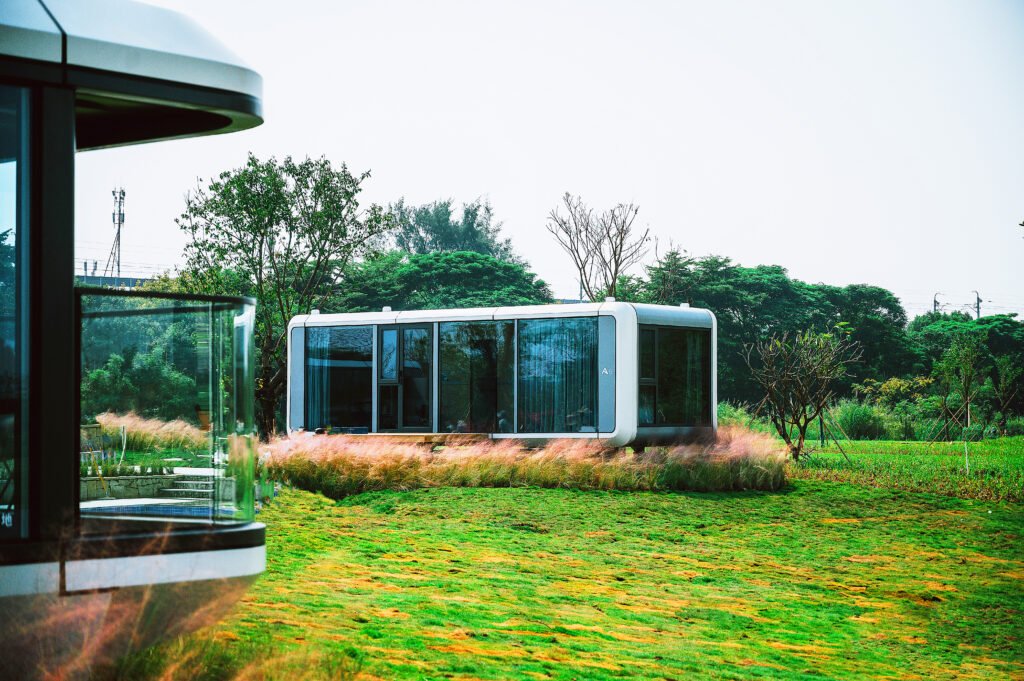
1) What Maintenance Expenses Can You Expect with a Capsule House?
A capsule house always needs care. In this section, we will discuss how you can keep your home clean, safe, and secure.
i) Annual inspection and sealing requirements
Let’s say you are seeing a lot of cracks and water seepage from the windows or walls, which means the sealings aren’t as good as they used to be. Well, it happens, as sealings are mostly made of rubber, which cracks when it gets dry.
In some cases, you will need to hire a professional who will dismantle that area and install new sealings so no air or moisture can get in. Typically, this service costs between $150 and $200 yearly.
ii) HVAC and insulation maintenance
Once your sealings are in good condition, the next step is to make sure heating and cooling systems are working properly. With the passage of time, parts like the filters get dirty, and the system may work slowly. Also, if they are not working properly means your system needs repair.
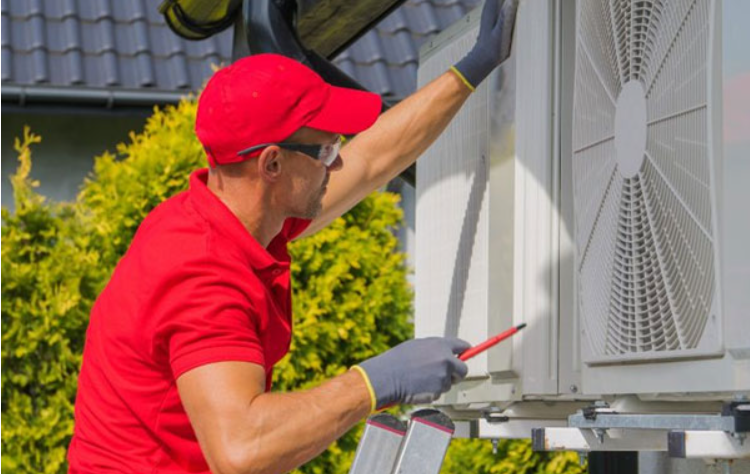
Moreover, you can check and clean the filter regularly to keep the air fresh. However, sometimes you call a professional to make sure that the air flows properly. It usually costs between $100 and $250 per year.
Additionally, your insulation may sometimes crack, break, or deteriorate over time. So, you can fix small gaps, but for bigger issues, you call a professional. It costs around $1 to $2 per square foot.
iii) Weatherproofing and rust prevention
If your HAVC system is working better, the next step is weatherproofing. It protects your capsule house from rain, wind, and dust. The cost to seal edges and joints is between $50 and $150, depending on the materials, since capsule houses are typically made of metal.
If rust forms, it weakens the structure by creating holes. So it is necessary to prevent them from rusting by using paints. Typically, it usually costs between $100 and $250 per year.
iv) Plumbing and electrical check-ups
If you notice leaks in your pipes, your plumbing system might need attention. For example, you can check under sinks and around faucets for water spots. Sometimes, you can fix small leaks yourself, like tightening a pipe or replacing a washer.
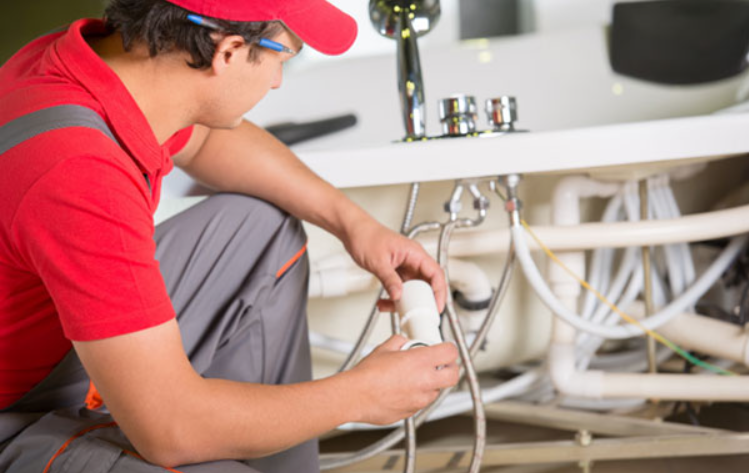
However, for bigger problems, you should call a plumber. A professional check-up usually costs between $100 and $250 per year.
Similarly, if lights or switches are not working properly, your electrical system needs a look. Sometimes, Wires and connections can get damaged over time. Therefore, you can call an electrician for an inspection. This service costs around $100 to $200 per year.
v) Pest control and moisture management
Finally, after checking all systems, one basic step remains: pest control and moisture management. For example, bugs can cause damage, and too much moisture can lead to mold.
If you live in a rainy area, then it’s best to buy a dehumidifier, which will cost you between $50 to $200, but it’s just a one-time fee ( you may need to change filters, which are cheap ).
In addition to controlling pests, you can go for pest killer sprays when you leave home, or you can hire a professional if the situation gets out of hand. But keep in mind that they may ask for $100 – $300.
2) Factors That Impact Capsule House Maintenance Costs
Some common factors that affect the maintenance of a capsule house such as location, materials, and utility system types. So have a look at them.
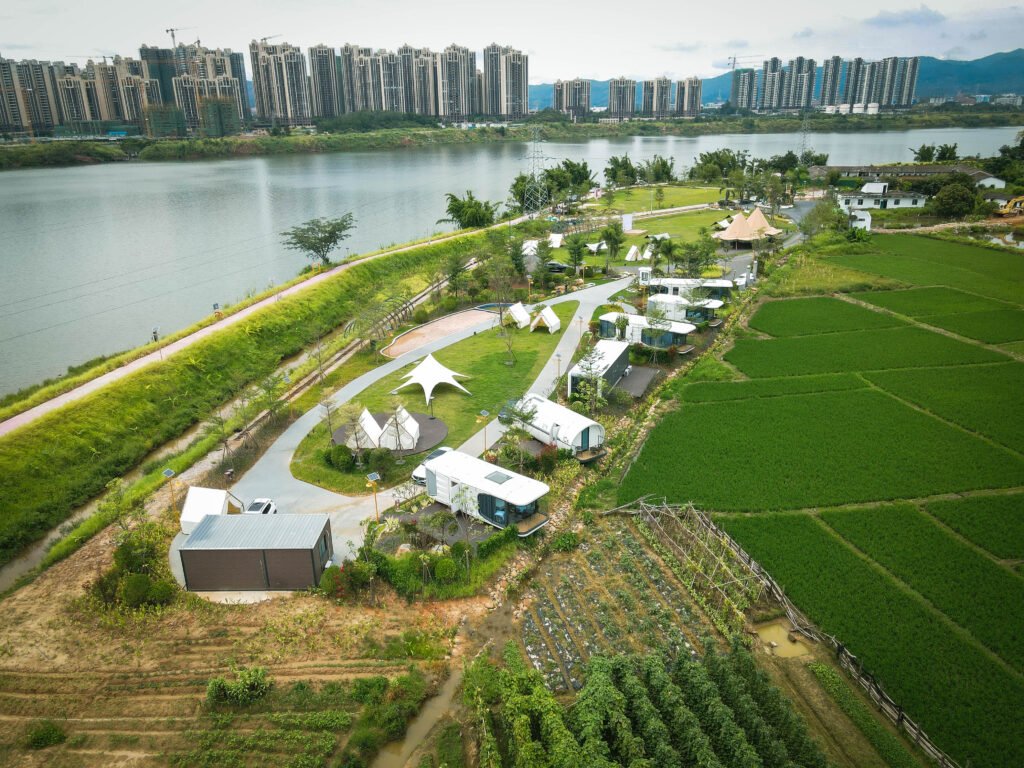
i) Geographic location and climate influence
The location of the capsule house has a deep effect on its maintenance. Different climates have different challenges.
- Cold or snowy areas: If your house is in a cold or snowy area, the pipes or roof can freeze or break easily. To avoid this, you can use extra insulation and roof sealing, which keep your home warm and safe. These steps cost around $200 to $600 per year.
- Rainy or coastal areas: On the other hand, if your capsule house is in a rainy or coastal region, its salty water and air can cause rust and leaks. As a result, you can seal joints and apply rust-proof coatings. This care costs about $300 to $800 per year.
- Hot and humid regions ( Africa/ Asia ): Furthermore, if your capsule house is in a hot and humid place. To keep your home cool and dry, add ventilation and place a dehumidifier. These usually cost between $150 and $500 each year.
ii) Material quality and durability
In addition to Geographic location and climate control, the quality of materials also plays an important role in maintenance. Moreover, strong and good materials do not break easily and need less repair.
For example, if your capsule house is made up of strong materials like galvanized steel or aluminum alloy. Then it works for a long time and needs fewer repairs. On average, these materials require only $100–$300 per year in maintenance.
On the other hand, if your house is made up of cheaper materials. Then, it can damage more quickly. So, you need more repairs, which increase its cost by 20% to 50%. Moreover, this repair is around $300–$800 per year, depending on the damage.
viii) Frequency of routine maintenance and inspections
If you take care of rust at its starting stage, then you can avoid heavy repair or replacement costs later. In the same way, if you clean your HVAC system on time, then there are fewer chances of mold & dust damaging the ducts & the electronics.
So, if you are keeping a regular check-up routine, then for years you will only spend as little as a few hundred dollars. However, if you don’t, then you may be spending thousands in a year.
iv) Utility system type (off-grid vs. on-grid)
While choosing a utility system for a capsule house, it is necessary to understand the difference between off-grid and on-grid setups. Both have their features, costs, and maintenance needs.

Off-grid systems: Capsule houses often depend on an off-grid system, especially when placed in rural areas. Particularly, this system includes solar panels with batteries, an inverter, water tanks, and a compost toilet. Furthermore, these systems work independently from public utilities.
To improve the working of the system, regular maintenance is also needed. For example, clean the solar panels so they can absorb sunlight properly. Additionally, check battery levels to ensure they charge and discharge in the right way.
Moreover, the compost toilet needs to be clean and odor-free. As a result, homeowners can enjoy lower monthly bills. However, it costs $300 to $900, depending on the size and condition of the system.
On-grid systems: On the other hand, when capsule houses are placed in towns and cities, they are usually connected to an on-grid system. In this case, homeowners don’t need to install things like solar panels or water tanks.
Moreover, it is handled by local utility companies, so it is easier to manage. However, some small maintenance tasks may still be needed. For example, you might need to repair a water tap or replace a small electric part in your capsule house.
Generally, these small repairs cost $100 to $300 per year, depending on usage. Overall, on-grid systems are a convenient and low-maintenance option, especially if you live in an area with full utility services.
3) Capsule House Maintenance Costs Compared to Traditional Homes
Now, in this section, we will discuss the maintenance costs of capsule houses and traditional homes. So let’s get started!

i) Comparing Material Durability and Lifespan
The type of material used in the house affects its lifespan and maintenance. So let’s discuss them!
- Capsule House: In capsule houses, strong materials like galvanized steel, aluminum panels, and tempered glass are used. These materials don’t break easily, so they need small repairs that cost about $100–$300 each year.
- Traditional Houses: On the other hand, these homes are made of wood, concrete, or bricks. As a result, they can be easily damaged by rain, wind, and pests. So, its maintenance may cost around $500–$1,200 each year.
ii) Labor Costs and Maintenance Complexity
In addition to material durability and lifespan, labour costs also affect.
- Capsule House: Capsule houses have a simple design. This means repairs are easy and fast. So you do not need more labour. As a result, labour costs are low, about $100–$300 per year.
- Traditional Houses: On the other hand, these homes are larger than the capsule house, with complex designs. Moreover, it takes more time to fix, and more workers are required. As a result, labor costs are around $400–$1,000 per year.
iii) Long-term Depreciation and Resale Preparation
Lastly, it’s useful to compare how much value each house type keeps over the years and what it costs to prepare them for resale.
- Capsule House: Capsule houses are well-maintained, so they don’t lose their value fast. As a result, before selling, you may spend $500–$1,000 to clean and refresh the unit.
- Traditional Home: On the other hand, traditional homes may lose value faster. As a result, before selling, homeowners often spend $2,000–$5,000 on repainting and repairs.
Category | Capsule House | Traditional Home |
|---|---|---|
Monthly Utility Bills | Lower (smaller space = less energy/water use) | Higher (larger space = more energy/water consumption) |
Cleaning & Upkeep | Minimal (compact design, easier to clean) | Moderate to high (more rooms and surfaces to maintain) |
HVAC Maintenance | Lower (smaller units, less strain) | Higher (larger systems, more frequent servicing) |
Plumbing Repairs | Lower (fewer fixtures, compact layout) | Higher (more bathrooms, kitchens, and pipework) |
Electrical Maintenance | Lower (simplified systems) | Higher (complex wiring in large homes) |
Pest Control | Lower (fewer entry points, tight construction) | Higher (more access points and hidden areas) |
Roof and Exterior Repairs | Lower (smaller surface area, simpler structures) | Higher (larger roof area and exterior walls) |
Appliance Repairs | Moderate (limited but compact appliances) | Moderate to high (more appliances, larger models) |
Painting & Renovation | Lower (less square footage to cover) | Higher (more space and surfaces) |
Annual Maintenance Budget | $500–$1,500/year (average) | $2,000–$5,000+/year (average) |
4) Practical Tips for Reducing Capsule House Maintenance Costs
It is not difficult or pricey to keep your capsule house in good condition. So, let’s discuss some basics that help you take care of your capsule house.
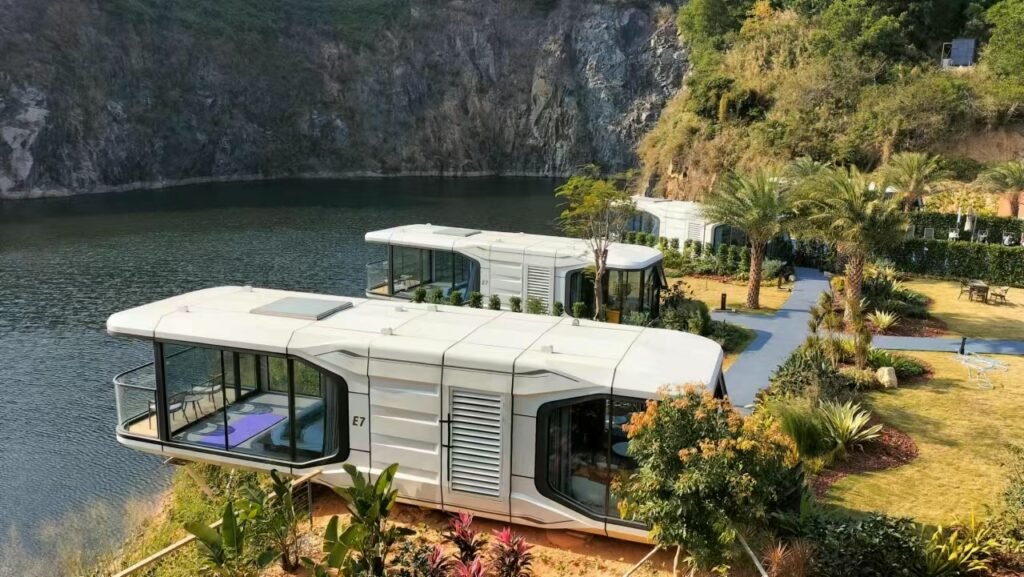
- Firstly, choose a strong and durable material that prevents rust, moisture, and damage. As a result, it lowers the cost of replacements.
- Secondly, check for leaks and cracks regularly to prevent small problems from becoming major ones. Moreover, this saves you from expensive emergency repairs.
- Thirdly, using energy efficiency appliances like LED lights, solar panels, and HVAC units consumes less power. Consequently, this leads to significant savings on monthly energy bills.
- Additionally, good insulation and sealed windows reduce heat loss in winter and keep air cool during summer. This reduces heating and cooling costs.
- Besides that, you can regularly check the plumbing and electrical systems. Modern systems are energy-efficient and safer. This reduces the risk of breakdowns.
- Furthermore, capsule houses are made of modular parts, so the damaged part can be easily replaced. This helps you avoid big repairs and saves money.
- Lastly, you can call a professional to check hidden problems. As a result, you can feel relaxed and make your plan in a better way.
Conclusion
Regular maintenance of the capsule house can save you from a big problem. For example, checking for leaks and cleaning windows helps save money. Moreover, using strong materials and smart tools helps your house last a long time.
Furthermore, you can make small repairs yourself, but for bigger issues, you can call a professional. However, with little care, your capsule house will always be a happy and comfortable place to live!
Enjoy smart and sustainable living with a high-quality capsule house from spacecapsulehouse, where we provide durable capsule houses tailored to your needs.


